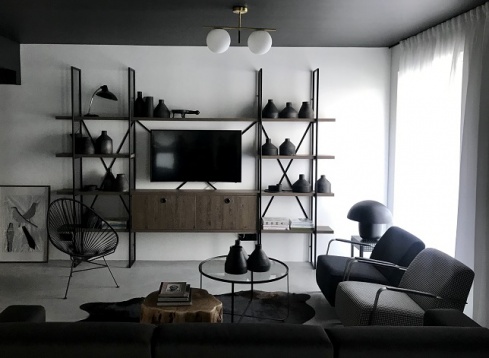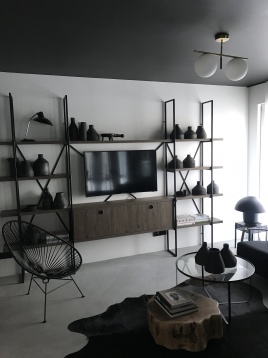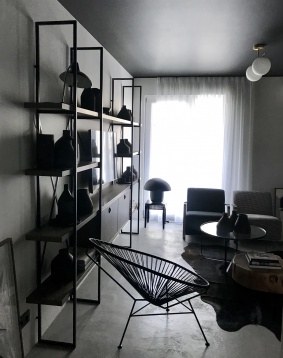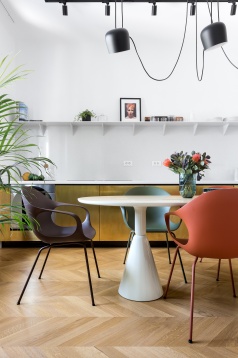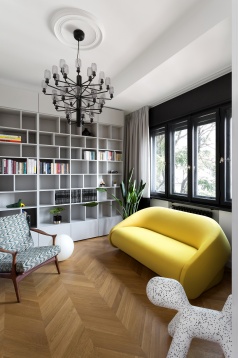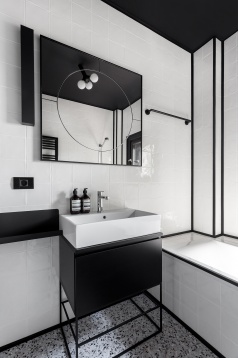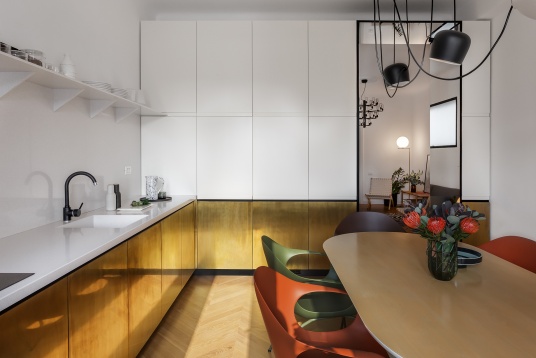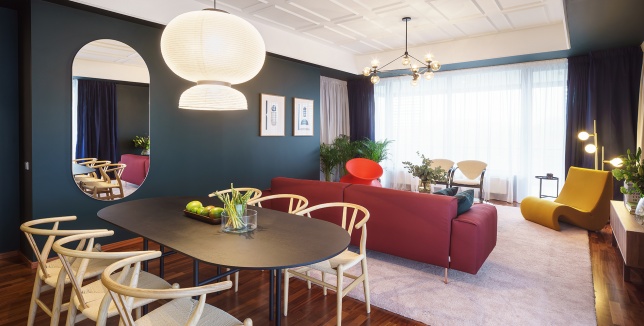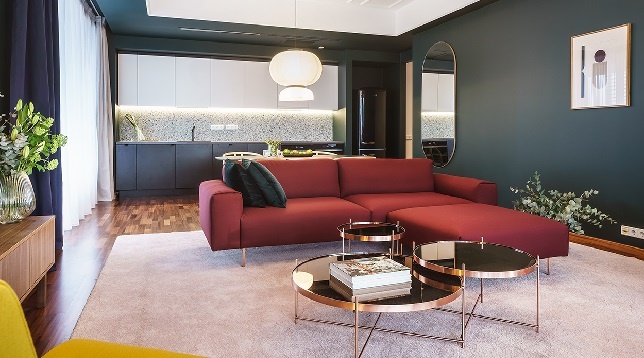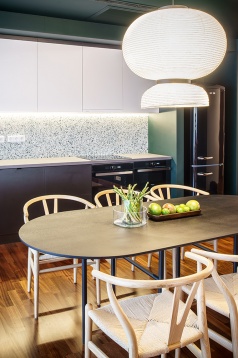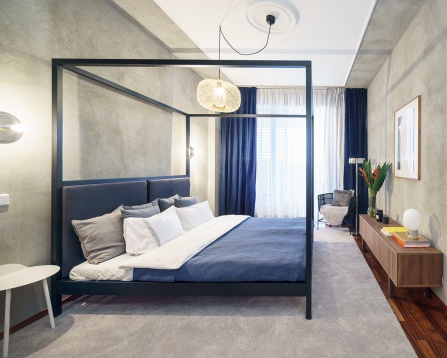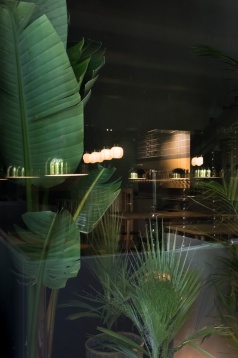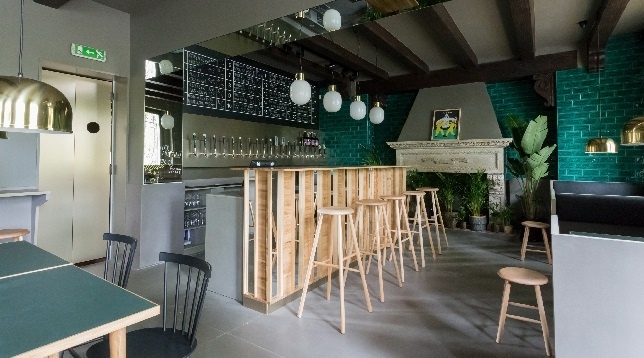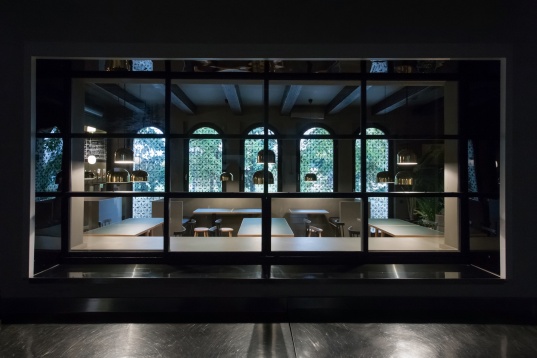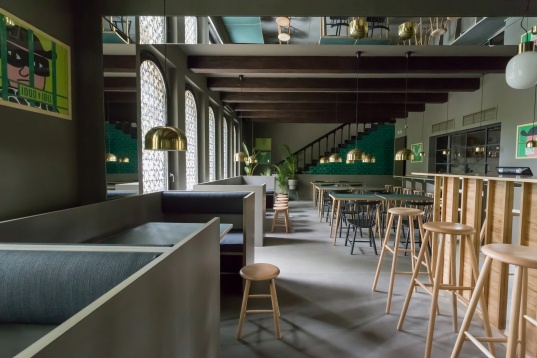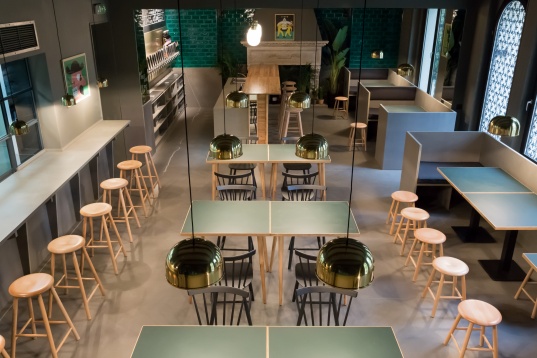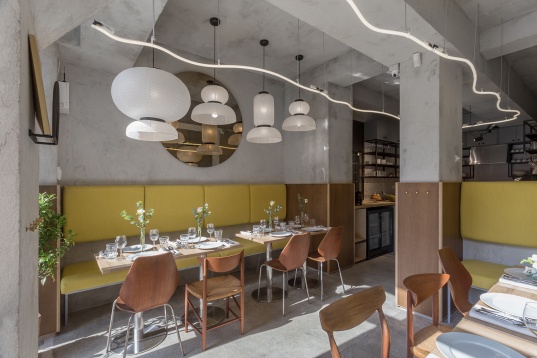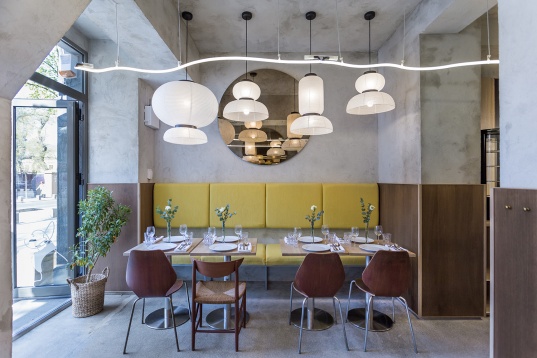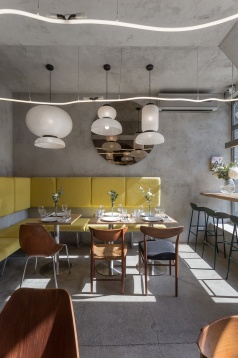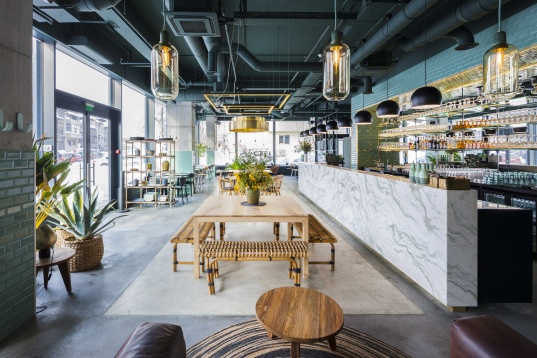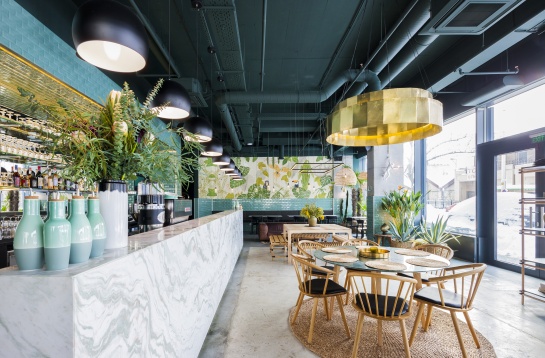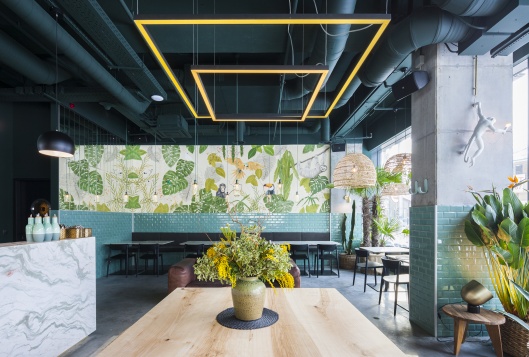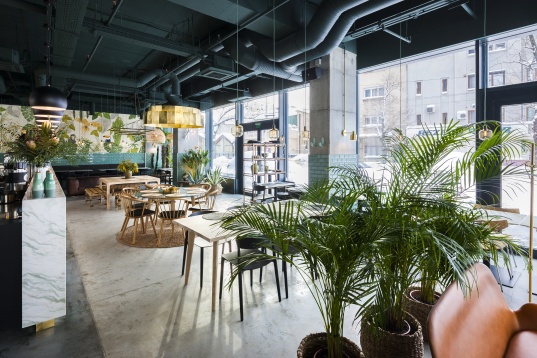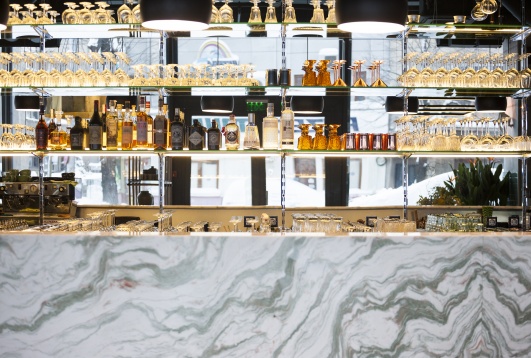HISTORY
Bogdan Ciocodeică is a Bucharest based architect with a special interest in interior design, architecture, product design and public space interventions. He graduated from The University of Architecture and Urbanism "Ion Mincu" in 2011, and has taken part in numerous internships and workshops in the country and abroad. He is the winner of the Elle Deco Awards 2016 for best design of a private housing and The Eco Archipelago international contest organized by Mila 23, Ivan Patzaichin - 2014.
His projects have been featured by some of the biggest sites of architectural publications: Archdaily, Yatzer, Elle Decor Italy, Corriere Living, Igloo, Zeppelin etc. His portfolio includes residential projects, commercial projects, event design and urban installations in public space.
SPECIFIC
Their professional approach could be labeled as ECLECTIC MINIMALISM, a mix of simple, clean lines and statement pieces that give character to a specific environment. It's a very personal and intimate type of approach that puts the end user of the space at the center of the design.
ROMANIAN DESIGN WEEK APPEARANCES
2019 // Earth Grey Apartment
Located in the North of Bucharest, near the King Michael I Park, the apartment was design following the principle of the Wabi-sabi philosophy, which finds beauty in imperfection. The interior is defined by clean lines, industrial touches and a minimalist, almost spartan approach to the whole concept.
The space is fluid and communicates throughout the entire home. The kitchen is open towards the living area and has minimal design and functions, being defined by the big mirror surface.
The living area design is the result of the functional scheme, using just the necessary amount of furniture, simple lines and a soft color scheme with natural neutral earthy tones and a black ceiling. The lights are designed to focus on different parts of the room, according to the use of the space in a certain moment, creating different moods.
Located in the North of Bucharest, near the King Michael I Park, the apartment was design following the principle of the Wabi-sabi philosophy, which finds beauty in imperfection. The interior is defined by clean lines, industrial touches and a minimalist, almost spartan approach to the whole concept.
The space is fluid and communicates throughout the entire home. The kitchen is open towards the living area and has minimal design and functions, being defined by the big mirror surface.
The living area design is the result of the functional scheme, using just the necessary amount of furniture, simple lines and a soft color scheme with natural neutral earthy tones and a black ceiling. The lights are designed to focus on different parts of the room, according to the use of the space in a certain moment, creating different moods.
2019 // Apartment LC
The original layout of the apartment was composed of two different areas: the main representative living and nighttime functions and the secondary functional area of the kitchen and maid’s room. The new functional layout erases the differentiation between the segregated parts and integrates in one single scheme.
2018 // In(n) Residence
Located in the North of the City, in one of the residential neighborhoods, overlooking the forest, this apartment was designed from the beginning as a rental space. The challenge was to draw, together with its owners, the profile of the future dweller, trying to envision and anticipate its needs and wishes. Targeting the upper middle class young professional with a love of design and generous spaces, the apartment is a fluid, flexible space, where contemporary design furniture mixes with reclaimed vintage pieces all to give a timeless feel to the space.
Whilst the living area is a colorful, light filled spaces, that takes good advantage of the double orientation of the windows, with playful almost whimsical furniture pieces, the night area of the house uses more neutral tones, natural materials imposing a quieter more serene pace throughout the design.
2018 // Koketerie Urban Bistro
Situated on Calea Victoriei, one of the oldest and most pivotal streets in Bucharest, the small bistro reminisces of the times when small businesses and slow pace lifestyle were at the very heart of this area. Designed as an intimate space where the experience of good food, specialty coffee and craft drinks intertwine with a home-like feeling, the urban bistro appeals to simple, raw materials to create a low key and comfortable atmosphere.
The original terrazzo floor, cement plaster walls, and dark shade wood make up the shell for the entire space. Soft materials, oversized, almost cloud like lamps and a swirling neon light complete the calm, serene interior and make up a collection of worldwide design elements inspired from different cultures, all mixed together. From the dark Brazilian feel of the wood to the retro chic, French inspired floor all the elements mix and match adding to the cosmopolitan, urban feel of the bistro.
2018 // Mikkeller Beer Bar
One of the most special craft beers, the Danish brand Mikkeller, present in the world in a few carefully selected cities opened a beer bar and bistro in Bucharest, in the Charles de Gaulle square, in a spectacular early twentieth-century villa.
The building has a very strong personality and a special relationship between the main interior with the square, being elevated almost one floor above the ground. The interior architectural elements of the original house have been preserved and reintegrated in a complementary manner with the newly designed space: wooden beams and the stone fireplace, although part of a classic architectural vocabulary, become components of a contemporary, abstract language. The interior design exploits and amplifies the intimate, nostalgic, warm and cozy atmosphere of the building, creating a timeless interior, without following the battered way of historical quotes with pieces of period furniture, but by simplifying, reinterpreting and redesign the elements.
2017//KANE
The space is designed as an urban oasis, a lush jungle enclosed in a concrete and steel frame. The green, vegetal component of the design comes to complete the concept of the restaurant, that serves a unique, exotic, round the world, fusion cuisine. The plants create a strong outdoor connection, at the same time defining a few private, secluded areas.
















